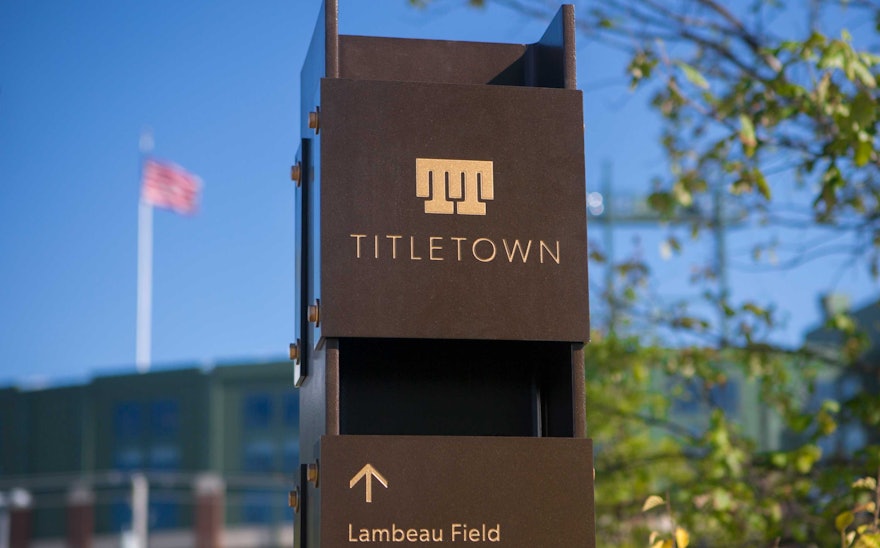The Barbican’s Mangasia: Wonderlands of Asian Comics is the largest ever exhibition of original artworks from Asian comics—and the first to present an overview of Asian comic history. Curated by Paul Gravett, the exhibition highlights key creators, characters, magazines, graphic novels and multimedia, as well as the creative processes that underlie their production.
The graphic system that Pentagram devised for the exhibition is inspired by the dynamic storytelling devices associated with Manga comics: the iconic storyboards, composed of panels that vary radically in angle, size and scale; and cinematic framing, achieved through a rapid alternation between long shots and close-ups, montages and scene changes.
These devices heighten the illusion of moving images, guiding the reader across the terrain of the comic’s visuals and text. The graphics created by Pentagram provide the exhibition’s different sections with distinguishable identities—bringing to life the theme of each, as well as guiding visitors through the space.
The structure Pentagram created to house the travelling exhibition is constructed using a durable paper material, paying tribute to the region’s longstanding paper-craft tradition. Adorned with the Manga-inspired supergraphics, the paper walls envelop visitors in an immersive comic book experience.
The Barbican also commissioned Pentagram to create a special motion-controlled digital installation, in collaboration with venerated Mecha designer Kawamori Shoji. Imagining a not-so-distant future in which supersized robots are used for the construction of cities, Pentagram created a building-sized robot named ‘Mechasobi’, Japanese for robot play.
Friendly and non-threatening at first glance, Mechasobi becomes chaotic and potentially lethal once control is turned over to the exhibition's visitors. A special Pentagram feature, The Making of Mechasobi, is coming soon.

